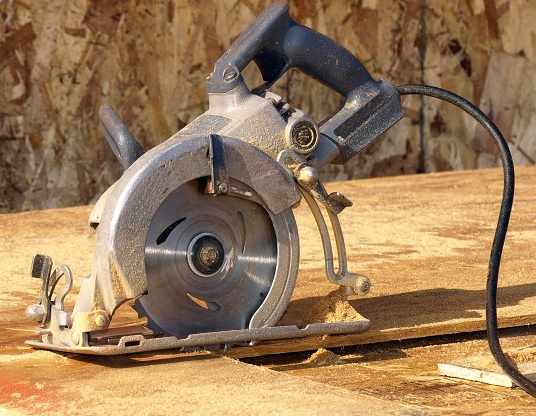The blade shoulder is the extension of the blade plate, which is behind the tooth. It supports the tooth, preventing it from being pushed back or broken off from the blade and improving the straightness of the cutting line. Without a shoulder, any time a blade encountered hard knots or nails in the wood, teeth, especially carbide teeth, could literally be torn off of the blade.
By supporting and stiffening the teeth, the shoulder helps to ensure the straightness of the cutting line and maintenance of the saw kerf thickness. Without it, teeth could easily be bent to the side, enlarging the kerf.

Shoulders are designed with consideration to the other elements of a saw blade like teeth shape, number and coating, hook and clearance angles, and of course intended use. Proper shoulder design can help with the removal of chips and sawdust, pushing the sawdust out of the path of the next tooth on the blade. On “safety” saw blades, the shoulder is specially designed to limit overfeeding, thereby reduce the chance of kickback. In the case of kickback or blade deflection, the wood hits the shoulder, impeding its travel and reducing the kickback. These safety saw blades are especially useful with problematic woods, such as softwoods, hardwoods with excessive knots or wet wood. In these cases, the anti-kickback feature of the shoulder functions somewhat like a shock absorber, reducing the chance of kickback. The probability of injury is the lowest, as safety is always the first priority. In addition to the safety advantages, shoulders contribute to the smoothness of the planks; planing the wood is much better.
Overall, a well designed shoulder on the blade helps ensure a smooth cut, with minimal blade or tooth deflection. In turn, that helps ensure that the cut is smooth, with minimal tooling marks on the finished cut.